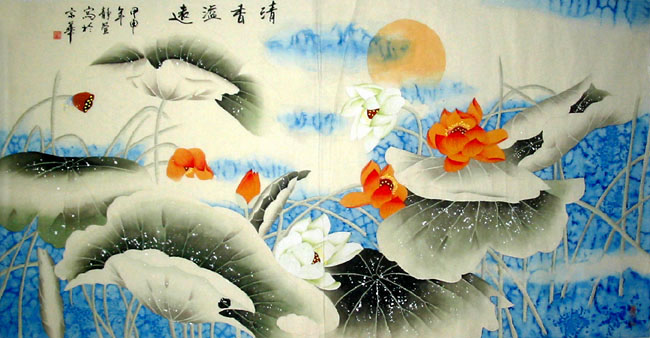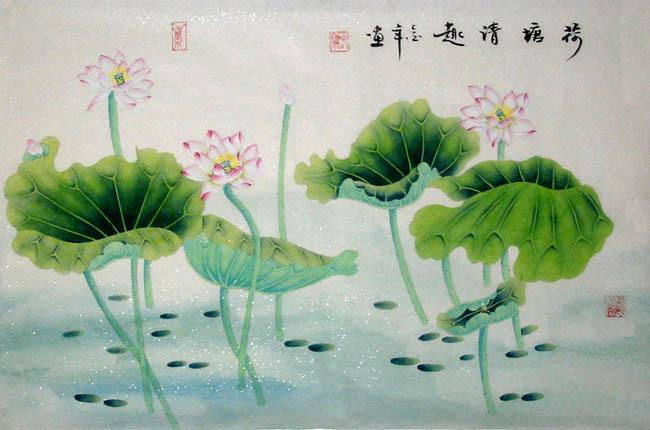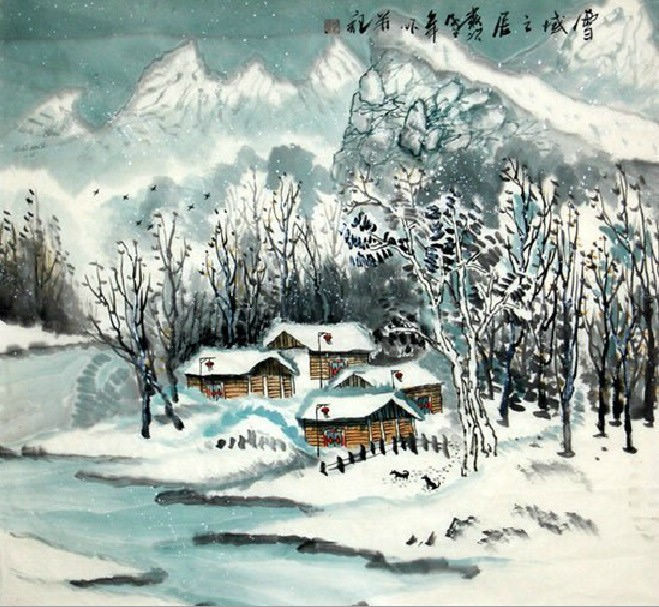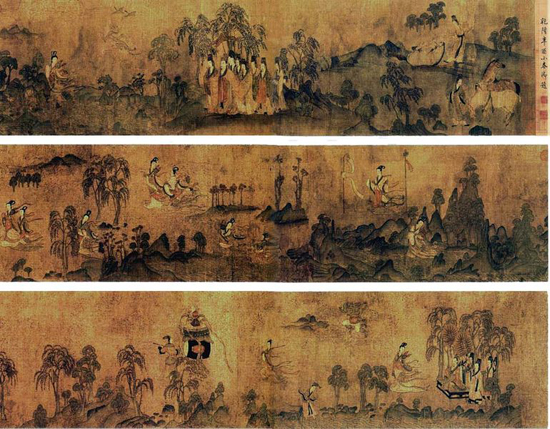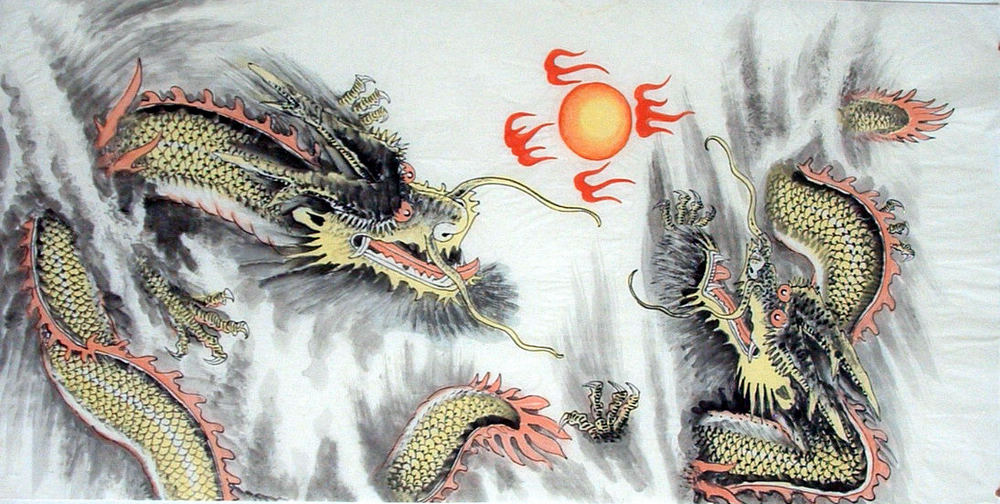When I type “Chinese” into the Google search, there is an automatic content appeared named “Chinese painting”. And then, I know how popular the Chinese painting is in all over the world, at least in the eye of Google search engine.
As you probably know, traditional Chinese painting has three major branches: landscape, flower-bird and figure. Flower-bird painting includes flowers, fruits, vegetables, birds and fish. As for the painting technique styles, it can be Meticulous (gongbi) using contour methods, outline the object first, then color it. Meticulous style requires great care and grace; the strict composition has fine elaboration. The effect is highly decorative; or Freehand (xieyi) — Freehand style generalizes shapes and displays rich brushwork and ink technique. Paintings in this group are freehand style.
And then, late in the Tang dynasty, Chinese artists began using “ink and wash” techniques to paint birds and flowers, giving rise to a popular motif that has survived well into modern times. Popular flora subject matter includes lotus flowers, peonies, plum blossoms, orchids, bamboo, chrysanthemums, pines and cypresses. Animals featured in flower and bird paintings include not only birds but also fish, cats and even insects. Simple by design; most flower and bird paintings feature just one or two subjects, and overlapping of subjects rarely occurs.
The flower-and-bird painting is peculiar to China. From of old, all kinds of flowers, plants, and birds were given various symbolic meanings. Flowers and birds can be compared to almost all thoughts and feelings of human being. They can symbolize feminine beauty, virtues, political authority, omens, and lucky niceness. And once established, this tradition became popular in every dynasty.
Almost all Chinese love traditional flower and bird paintings. That is why this old form of art is continued till today. We know it has a long history. But not everyone knows what it stands for in China. Let’s say like this: their symbolic meaning grow increasingly rich and specific.

